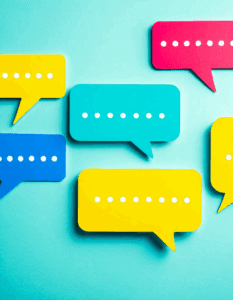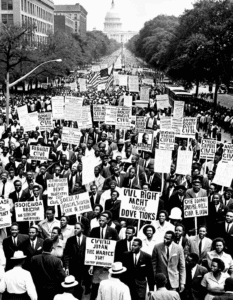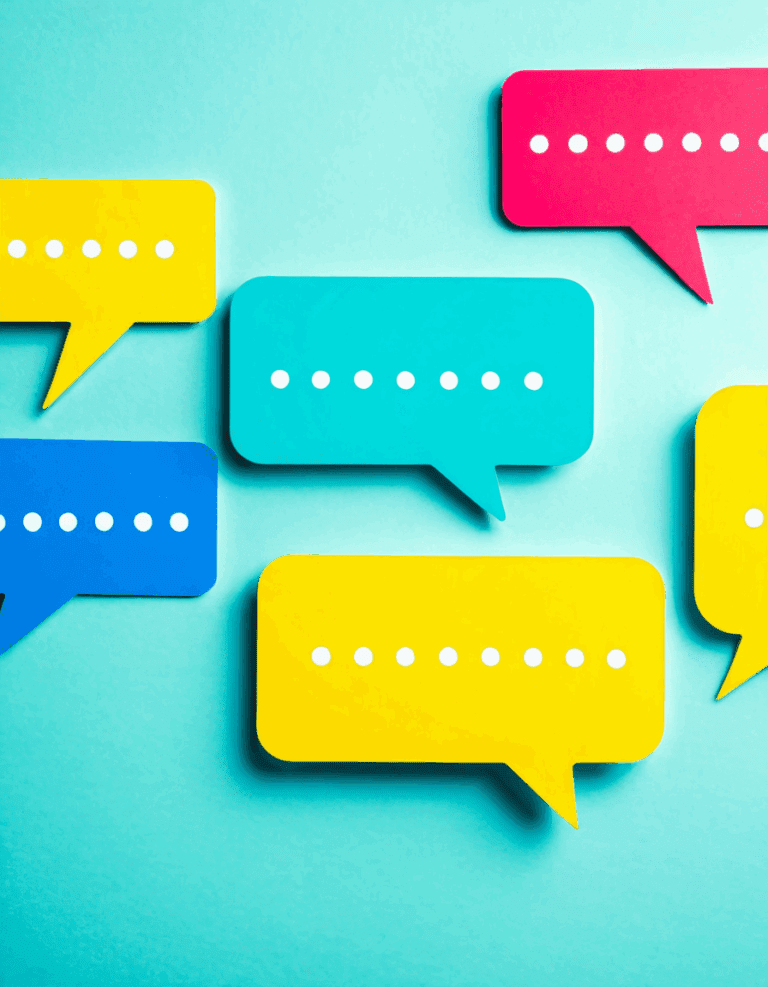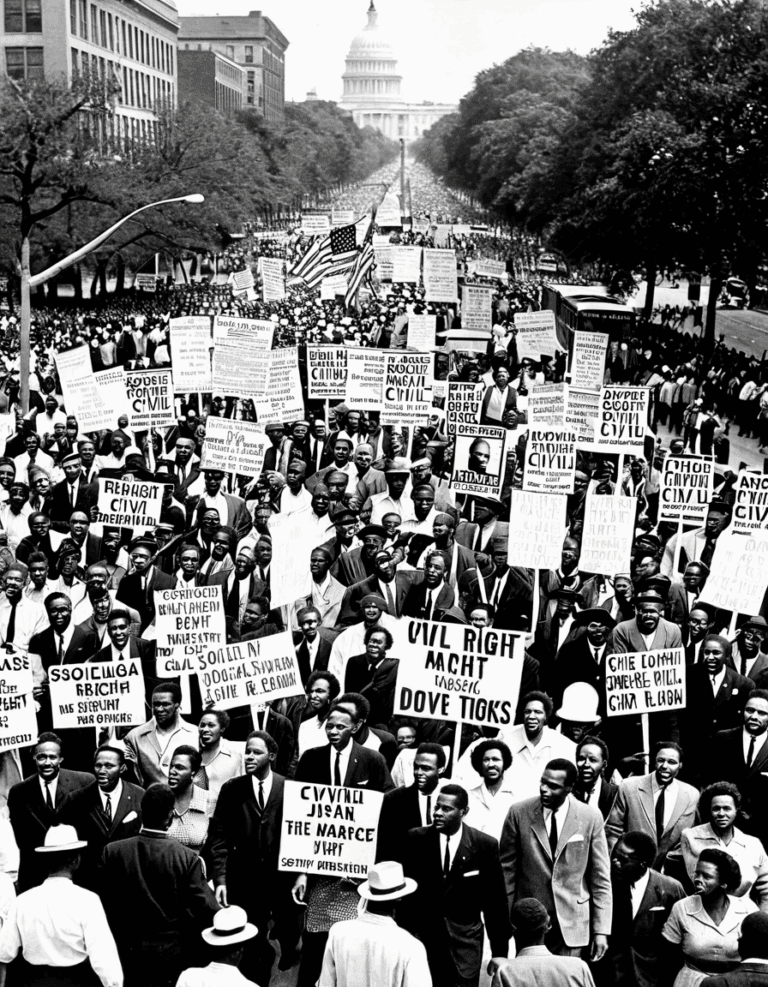Creating an engaging and memorable self-introduction speech can make a huge difference in setting a powerful first impression or fading into the background. When you’re in the spotlight, it’s your chance to shine. To help you make your presentation more impactful, we’ve put together some powerful tips.
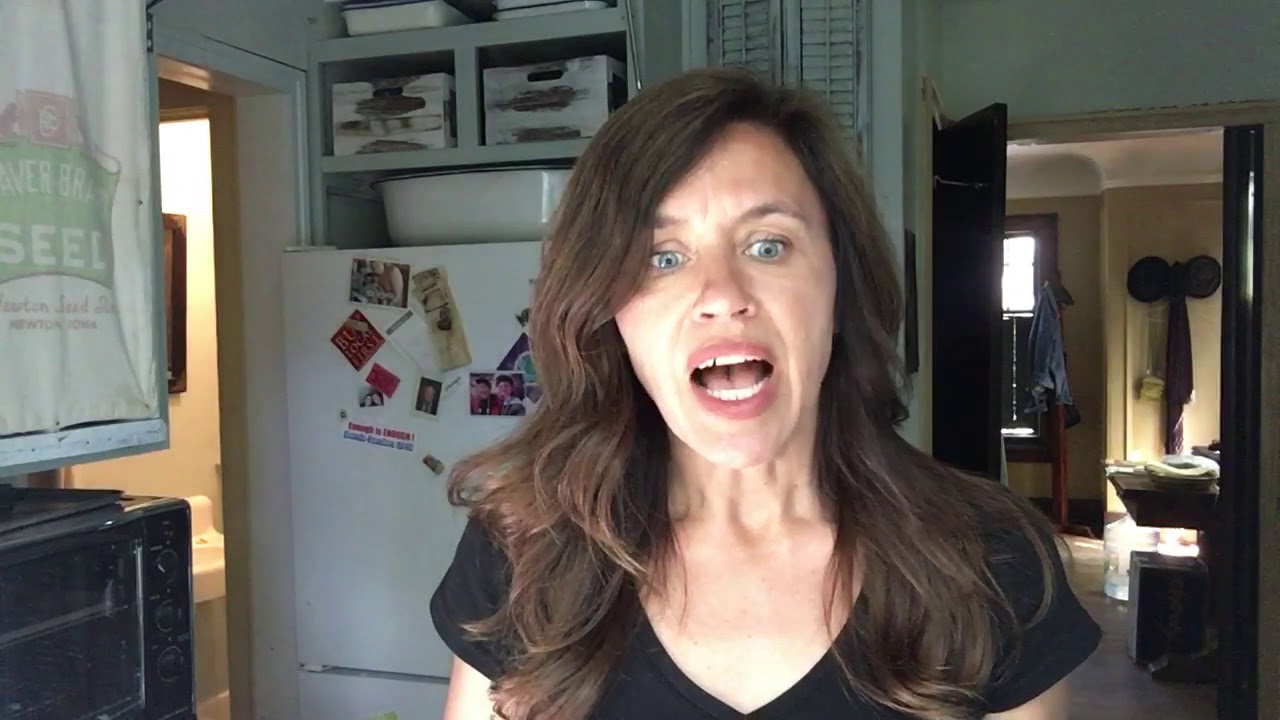
How to Start a Speech About Yourself
Begin with a Hook
The way you open your speech is absolutely crucial. A gripping opening grabs attention and sets the tone for everything that follows. Think about how Steve Jobs often started his speeches with a thought-provoking question, a personal anecdote, or an intriguing fact. Imagine starting your speech with a story about overcoming a challenge — this not only captivates your audience but also gives them a peek into your character. Remember, the goal is to make your audience sit up and take notice.
Establish Your Credibility
In the first few moments, subtly establish why your audience should listen to you. For example, if you’re a software developer speaking at a tech conference, mention your role in developing a popular app like Airbnb. This quick mention increases your audience’s trust and piques their interest.
Relate to Your Audience
Finding common ground with your audience is vital. If you’re at a corporate event, referencing shared experiences within the industry can evoke a sense of camaraderie. Authentically sharing experiences that your audience might also face enhances your relatability and keeps their attention focused on you.

Introductory Speech Outline
Introduction
Body
Conclusion
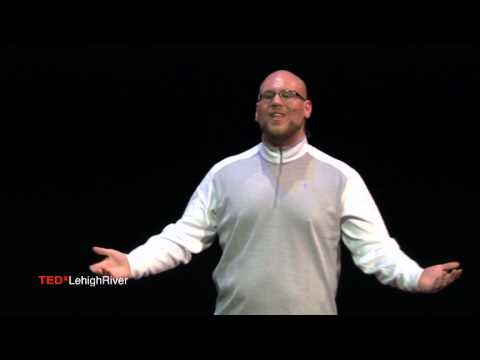
| Element | Description |
| Purpose | To familiarize the audience with the speaker. |
| Duration | Typically 1-2 minutes |
| Structure | |
| – Opening | A friendly greeting and a brief introduction about your name and background. |
| – Body | Detailed information including education, career, interests, and achievements. |
| – Closing | Conclusion with a memorable statement or a call to action, and an expression of gratitude. |
| Tips for Delivery | |
| – Speak Clearly | Ensure your words are understood. |
| – Eye Contact | Engage with your audience visually. |
| – Pacing | Speak at a moderate pace to maintain interest. |
| – Confidence | Maintain a confident posture and tone. |
| Common Mistakes | |
| – Overloading Details | Giving too much information that overloads the audience. |
| – Lack of Preparation | Not practicing the speech leading to poor delivery. |
| – Monotone Voice | Speaking in a flat tone that drones on. |
| Example Introduction | “Good morning everyone, my name is Jane Doe. I recently graduated from XYZ University with a degree in Marketing. I have a passion for digital marketing strategies and have interned at several renowned agencies. Outside of work, I enjoy hiking and volunteering at local shelters. I’m excited to be here and look forward to connecting with you all.” |
Real-Life Self Introduction Speech Example
Oprah Winfrey’s Commencement Address at Harvard University (2013)
Oprah begins her speech with a candid story about her college years, engaging the audience with humor and relatability. This opening also sets her up to discuss the broader theme of failure and resilience, which resonates deeply with the graduating students.
Throughout her address, Oprah seamlessly integrates personal anecdotes, such as her challenging start in television. This makes her points more relatable. Closing with a powerful call to action — encouraging the graduates to create a life of substance — Oprah’s speech is a textbook example of how to deliver an effective self-introduction.

The Magic of Storytelling in Self Introduction Speeches
Memorable Impact
Humans are wired to remember stories more than abstract concepts. By incorporating personal stories, your audience is more likely to remember you and your message. This is a tactic used in various short motivational speeches.
Emotional Connection
Stories evoke emotions. When you share a personal anecdote, it helps forge an emotional connection with your audience. Brene Brown, a researcher and storyteller, masterfully uses personal stories to discuss complex topics like vulnerability, making her speeches both enlightening and emotionally engaging.
Illustrating Points
A well-told story can illustrate your points better than any data or statistic. Take Simon Sinek’s story of the Wright brothers. He uses their tale to emphasize perseverance and passion over mere profit and recognition.
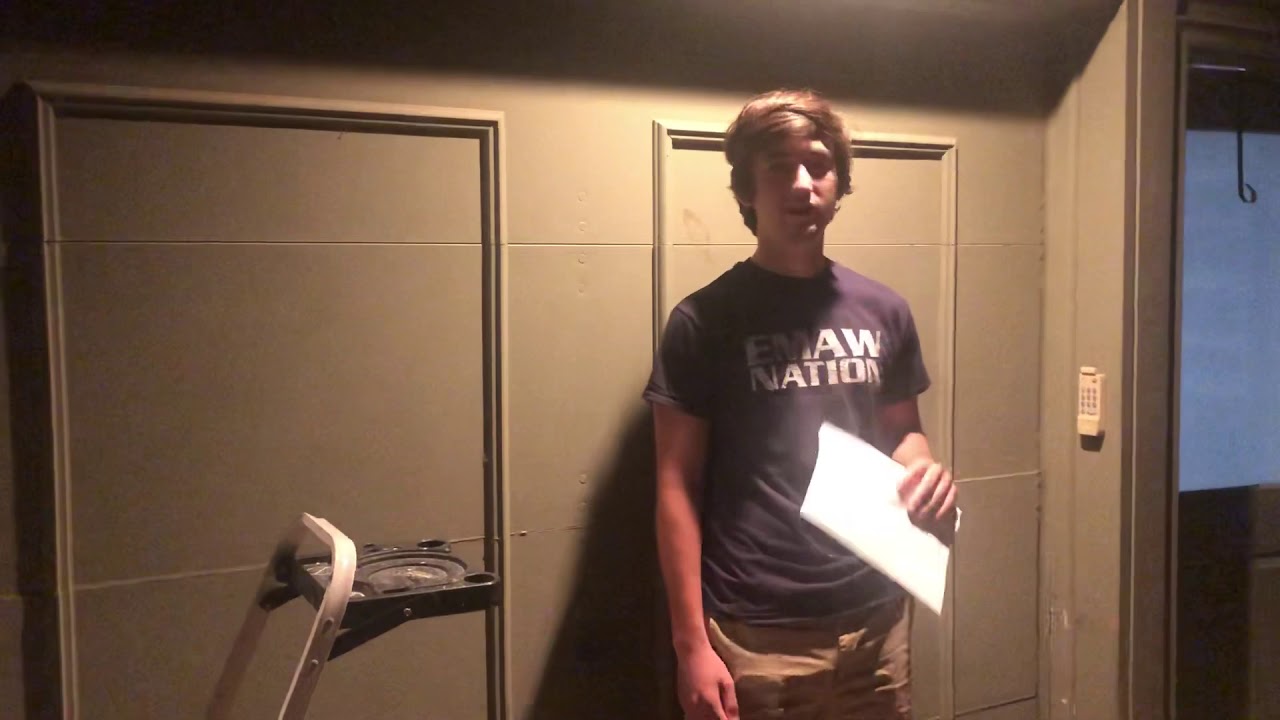
Crafting Your Unique Speech
Personal Anecdotes
Choose stories that highlight your journey and resonate with the theme of the event. For Ryan O’Hearn, sharing his journey from minor leagues to the MLB might captivate and inspire his audience.
Professional Milestones
Tailor these to reflect how they’ve shaped you and align with the event’s context. Celebrating career highs rather than just listing positions can demonstrate growth and persistence, much like Maaya Uchida sharing her milestone moments in her voice acting career.
Authentic Persona
Authenticity is crucial. The more genuine you are, the more credible and engaging your speech will be. Audiences can sense when you’re not being real, and it could break the connection you’re trying to build.
Final Thoughts: Innovate Your Self-Introduction
Your self-introduction speech isn’t just about conveying who you are; it’s about creating a lasting impression. Innovate your approach by continuously refining your narrative and adapting to your audience. Use these insights and examples to craft a self-introduction speech that is powerful, memorable, and distinctly you.
Using these techniques, your self-introduction speech will resonate with your audience, whether you’re looking to motivate or inspire. For more examples and tips, explore our speech samples. Engage your listeners and leave them craving more, just like a remarkable motivational paragraph can.
## Embed Links
– Current Interest Rates on Mortgages
– What Do You Need To Be a Real estate Agent
In summary, these tips and examples are designed to enhance your speech and ensure it is more effective. Your self-introduction speech has the potential to leave a significant impact, so make the most of it!
Self Introduction Speech Example: Powerful Tips
Creating a gripping self introduction speech example isn’t just about stating your name and job title. Did you know that Asakura, a Japanese speaker known for his brief and captivating introductions, often uses humor to break the ice? Humor can make your speech memorable right from the start. By seamlessly incorporating light humor, you convey warmth and approachability.
The Art of Storytelling
Ever noticed how stories can hold an audience’s attention? Incorporating a personal anecdote or a surprising fact about yourself can be a game-changer. For instance, did you know that Bill Gates, during his presentations, often includes captivating stories of his early days? This approach is particularly effective in engaging your listeners. Similarly, injecting an intriguing detail about your life, like an unusual hobby or a remarkable experience, can instantly create a connection.
Know Your Audience
Understanding your audience is crucial. For instance, Steve Jobs, in his iconic speeches, tailored his self-introductions to resonate with his audience’s interests and needs. This brings us to an important tip: always adapt your self introduction speech example based on who you’re addressing. For example, if you’re speaking to a group of entrepreneurs, weave in aspects of your professional journey that highlight your entrepreneurial spirit.
Practice Makes Perfect
Lastly, practice is key. Even Winston Churchill, one of history’s great public speakers, rehearsed his speeches multiple times. Practicing allows you to refine your delivery, timing, and the overall flow of your speech. Record yourself and review it to identify areas of improvement. Every bit of practice adds to your confidence, ensuring you deliver a polished and engaging self introduction speech example.
In summary, combining elements like humor, storytelling, audience awareness, and thorough practice can significantly elevate your self introduction speech example. These strategies don’t merely create a speech; they craft an engaging narrative that leaves a lasting impression.





